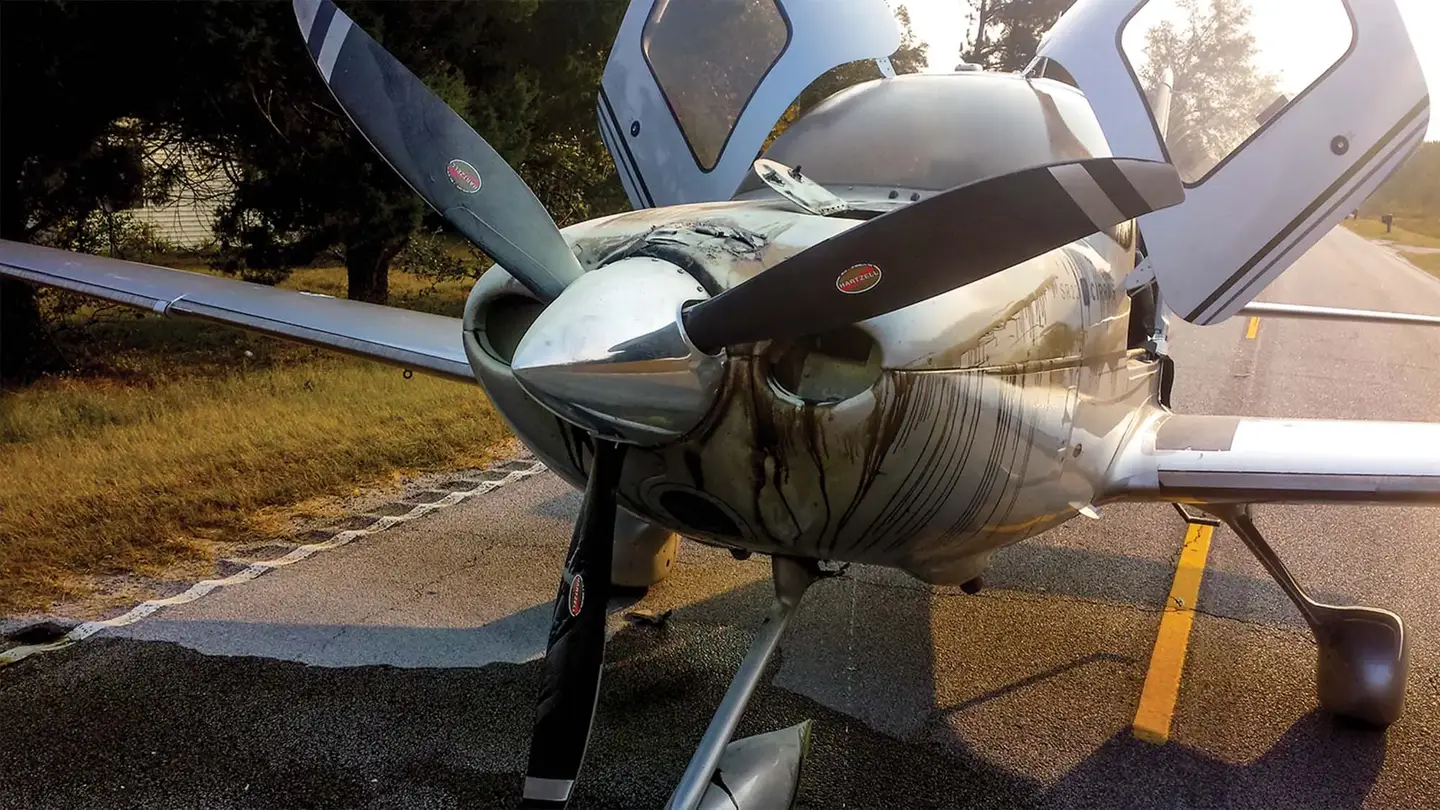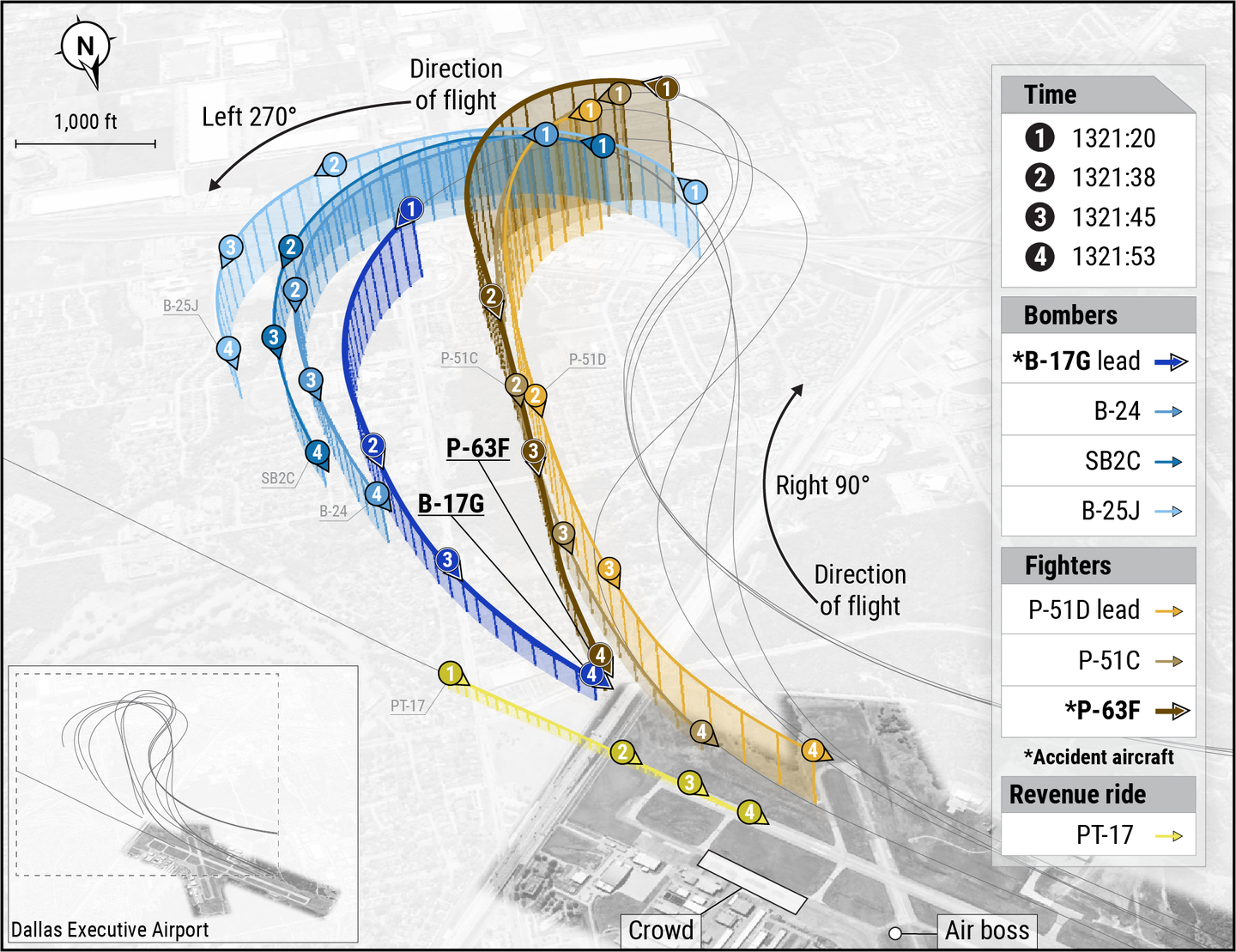General Aviation Accident Bulletin
AVweb’s General Aviation Accident Bulletin is taken from the pages of our sister publication, Aviation Safety magazine. All the reports listed here are preliminary and include only initial factual findings…

Aviation Safety Accident Bulletin
AVweb's General Aviation Accident Bulletin is taken from the pages of our sister publication, Aviation Safety magazine. All the reports listed here are preliminary and include only initial factual findings about crashes. You can learn more about the final probable cause on the NTSB's website at www.ntsb.gov. Final reports appear about a year after the accident, although some take longer. Find out more about Aviation Safety at www.aviationsafetymagazine.com.
January 6, 2020, Newborn, Ga.
Cessna 172H Skyhawk
The airplane was destroyed at about 1415 Eastern time when it impacted terrain. The solo private pilot who owned and operated the airplane was fatally injured. Visual conditions prevailed.
Preliminary radar data showed the airplane ambling south. About an hour into the flight, the airplane turned west-southwest in a meandering track, then made a right turn to the north and completed several left 360-degree turns, before turning back to the east and completing two additional right 360-degree turns. The flight proceeded to the north briefly, completing several more 360-degree turns before continuing into 13 360-degree right turns that progressed in an easterly direction until radar contact was lost near the accident site. Witnesses saw and heard the airplane flying at low altitude in circles when it suddenly descended into the trees. The private pilot, age 72, last obtained an FAA medical certificate in November 2013.
January 6, 2020, Mount Sterling, Ky.
Glasair I RG Experimental
At 1724 Eastern time, the airplane was destroyed during a forced landing following a total loss of engine power while maneuvering in the traffic pattern. The private pilot/owner was seriously injured. Visual conditions prevailed.
After several touch-and-go landings at the airplane’s base airport, and another one nearby, the pilot returned and performed a full-stop landing. He taxied back, and performed another takeoff, shortly after which the engine stopped producing power. The pilot switched tanks and turned on the electric fuel boost pump, but engine power was not restored. The pilot maneuvered the airplane back toward the runway but struck trees and terrain before the airplane came to rest in an abandoned highway rest-stop area.
January 6, 2020, El Monte, Calif.
Cessna 172H Skyhawk
The airplane sustained substantial damage at about 1309 Pacific time following in-flight separation of a propeller blade while maneuvering. The solo commercial pilot was not injured. Visual conditions prevailed.
The pilot was breaking in a newly installed engine cylinder while orbiting at 3500 feet MSL. During the otherwise uneventful flight, the airplane suddenly vibrated severely followed by a sudden loss of engine power and oil on the windscreen. The pilot noticed that the propeller was not rotating and there was visible damage to the engine cowling. The pilot initiated a forced landing to the departure airport and landed uneventfully. Examination revealed the engine mount was bent and one of the propeller blades was separated about one foot outboard of the blade root.
January 11, 2020, Billings, Mon.
Cessna TR182 Turbo Skylane RG
At about 1801 Mountain time, the airplane was destroyed when it collided with mountainous terrain. The airline transport pilot and three passengers were fatally injured. Night visual conditions prevailed.
The pilot had planned a round-robin flight from Billings with intermediate stops in Hardin, Mon., and Roundup, Mon., then back to Billings. After departing Hardin, the airplane flew toward Roundup until the track ceased at 1801, about 700 feet from the accident site. All major sections of the airplane were accounted for at the accident site. The initial impact point was marked by several bent cross members and a broken guy wire about 65 feet high on an approximate 185-foot-tall radio tower. Several sections of the outboard left wing were located about 100 feet north of the tower and two pieces displayed signatures consistent with impacting a wire. The remaining section of left wing was found in the debris path about 350 feet from the main wreckage.
This article originally appeared in the April 2020 issue of Aviation Safety magazine.
For more great content like this, subscribe to Aviation Safety!






